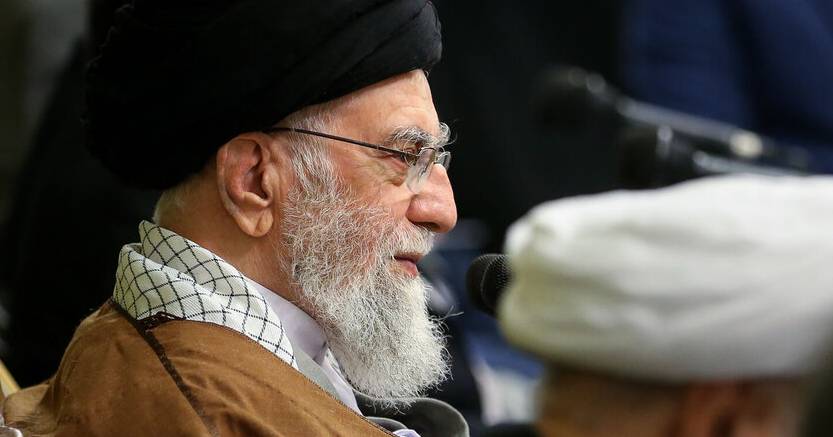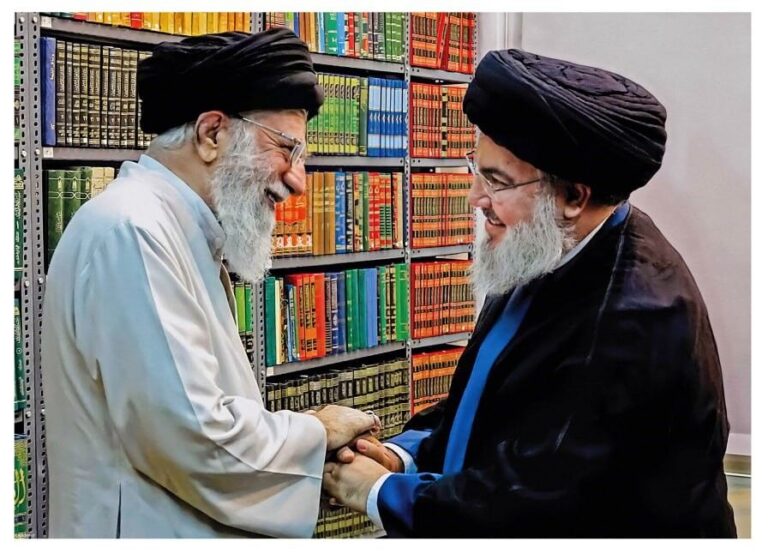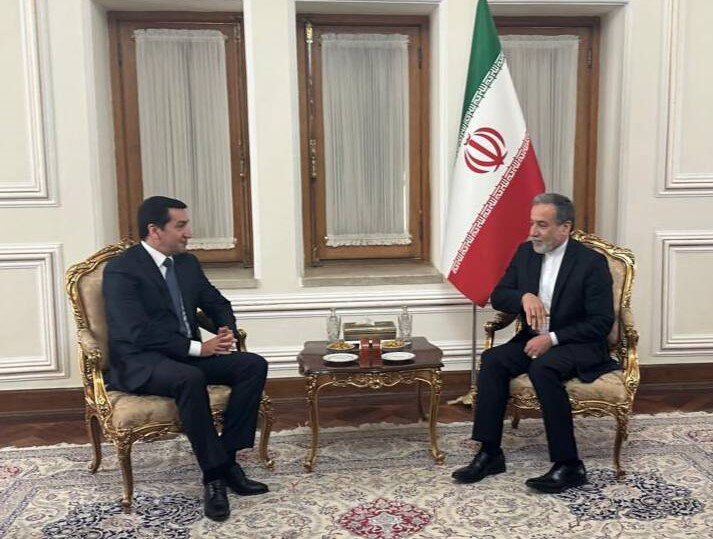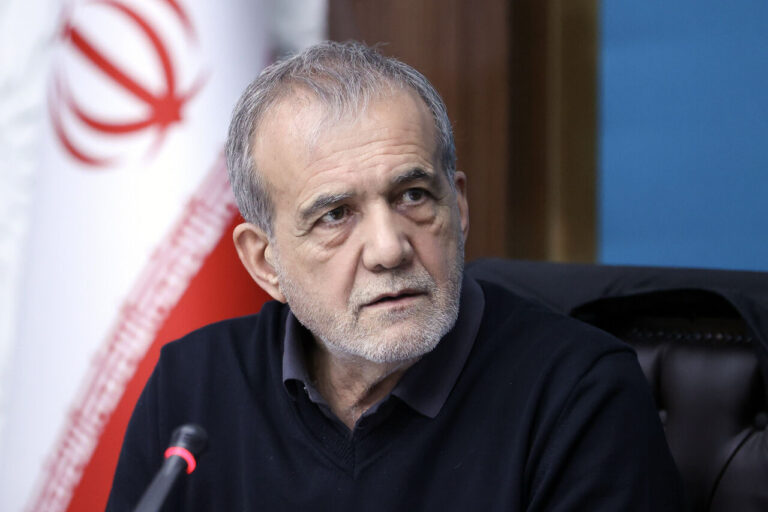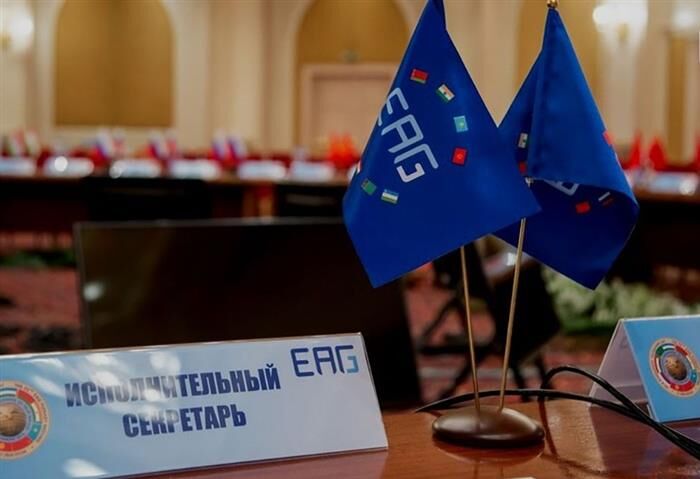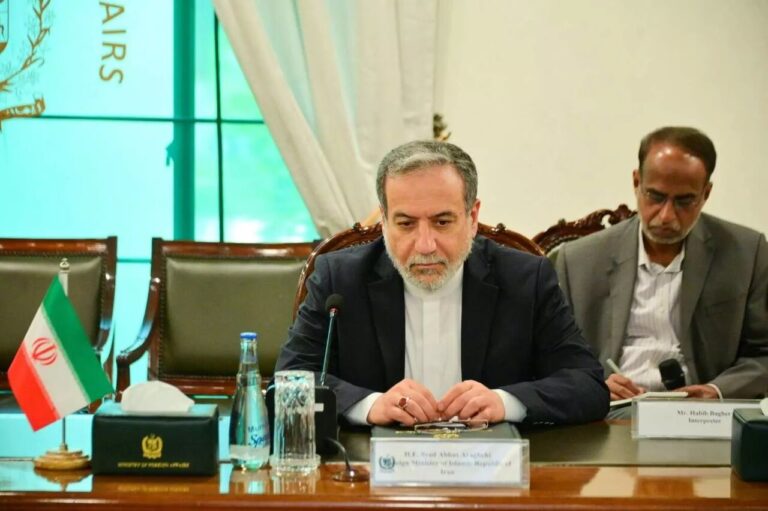Tehran’s Tactic: Leveraging War Fears to Tighten Domestic Control
The escalating tensions surrounding Iran, primarily fueled by President Trump’s ultimatum for a nuclear deal or potential military action, may inadvertently serve as a strategic advantage for the ruling elite in Tehran as they grapple with rising public dissent. The Iranian government has consistently dismissed negotiations with the United States under Trump’s proposed terms, further entrenching Supreme Leader Ali Khamenei’s hardline position.
Khamenei recently questioned the value of engaging in talks with what he termed a “deal-breaking” US president. On a significant day when Iran’s foreign ministry confirmed receipt of a personal letter from Trump, Khamenei remarked, “The United States is threatening militarization. War is not a one-sided blow. Iran is capable of retaliating and will certainly do so.” This assertion underscores the shifting dynamics where the specter of war, once a remote possibility, now appears increasingly tangible.
War as an Instrument of Control
In exploring the narrative within Iranian state media, the theme of impending conflict is pervasive. Military figures frequently dominate news cycles, and the language prioritizing security often overshadows other critical discussions. This shift in tone is not merely a reaction to external threats; it represents a calculated strategy aimed at unifying and controlling the populace through heightened fears of war. This tactic is as much about insecurity as it is about intent.
- Behzad Nabavi, a former minister and veteran lawmaker, recently suggested that a wartime atmosphere could foster national solidarity. This sentiment indicates that even moderates, historically marginalized from power, may see fear as a unifying force.
- In tandem with this narrative, officials have intensified their crackdown on internet freedoms, labeling the unrestricted flow of information as a “cognitive war.” Iran’s national police chief, Ahmadreza Radan, articulated this sentiment, drawing parallels to past conflicts: “Back then, we were encircled in the Komeil trench… Today, we are surrounded in virtual trenches.”
War as a Survival Strategy
The Islamic Republic faces a multitude of pressing challenges, including:
- An ailing economy
- Environmental degradation
- Budgetary deficits
- Widespread corruption
As public trust dwindles, sporadic protests highlight a growing discontent among the populace. In light of the potential for another “sedition”—a term used to define previous protests and justify their suppression—government officials may view the looming threat of war as a vital lifeline.
The theocratic regime has a history of implementing harsh measures, such as internet blackouts and arbitrary arrests, particularly in response to dissent. This trend can be expected to intensify amidst inflated external threats, with officials likely labeling dissent as “subversion” or “enemy collaboration.” This behavior is not simply opportunistic; it represents a high-stakes gamble for survival.
While Iranians displayed unity during the early years of the war with Iraq, such sentiments are not guaranteed today. Khamenei’s current leadership lacks the universal support that Khomeini once commanded when he called for the establishment of an Islamic Republic. Presently, the regime, as Khamenei describes it, is largely viewed with disdain by millions of ordinary Iranians, who are engaged in an ongoing struggle for survival.
Utilizing fears of war as a means to suppress unrest may serve Khamenei in the short term. However, this strategy carries the risk of backfiring, potentially leading to a situation that President Trump seeks to avoid—an outbreak of war.
War as a Tool for Defense and Deterrence
The Islamic Republic portrays conflict as not only a defensive necessity but also a means of intimidating its adversaries. Israel and various Arab states in the Persian Gulf often find themselves at the center of this rhetoric. A senior commander from the Revolutionary Guards (IRGC) recently warned that any attack on Iran’s nuclear facilities would ignite “a fire in the region that cannot be contained.” Another high-ranking IRGC official explicitly stated, “True Promise 3 will take place at the right moment, destroying Israel and leveling Tel Aviv and Haifa.”
These threats are not merely rhetorical; they are underpinned by action. According to the Financial Times, Iran has nearly doubled its military exercises since October 2024, focusing drills near the Natanz nuclear facility and the strategic Strait of Hormuz. While such posturing may not effectively deter the United States or Israel, it plays a crucial role in shaping domestic perceptions amidst escalating economic and social crises.
In conclusion, the intertwining of war rhetoric with domestic governance suggests a complex interplay of fear, control, and survival within the Iranian regime. As the geopolitical landscape evolves, the implications for both Iran and its adversaries remain profound.
